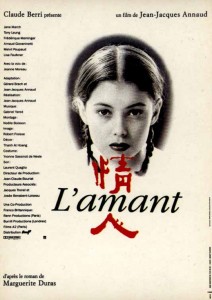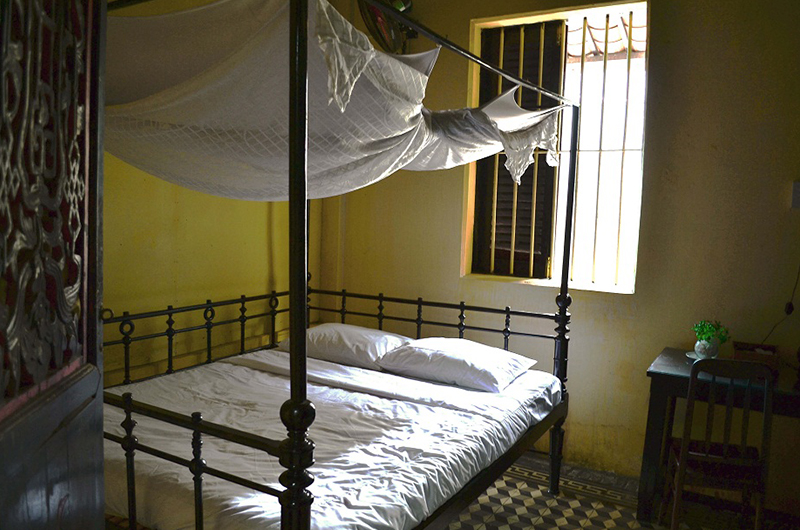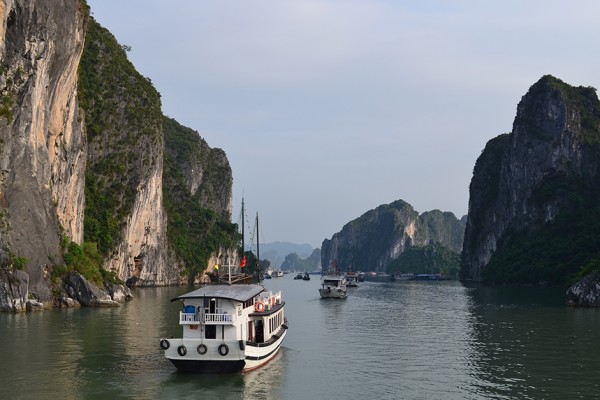
She is a worldwide icon still her story is deeply rooted in Vietnam. Emblematic French writer and movie-maker Marguerite Duras grew up in former colonial Indochina. As she recalled the Far-East country throughout her work, the latter also recalled her within its borders today.
Childhood in the Mekong Delta
Marguerite Donnadieu was born on the 4th of April, 1914, in Gia Dinh, a city located in the North of former Saigon. Her parents both worked for the French government. Her father, a math teacher, returned to France in 1918, where he died of dysentery. Her mother, whose personality is described in Duras books as troubled, was also a teacher, in Sa Dec, in the Mekong Delta Region. In 1928, she decided to buy a concession from the French state in Prey Nop (present Cambodia), but the place was frequently flooded, a bad investment which caused the ruin of the family and would be recalled in Duras’ book The Sea Wall (1950). At the age of 12, Marguerite was sent to the Lyautey Boarding School in Saigon. There she met the man who would be known as the Lover, and whom she would recall throughout her entire work.
Saigon and The Lover

At the age of 15, Marguerite Duras actually met the son of a rich Chinese owner, 12 years older than her, Huynh Thuy Le. They were both cruising on the ferry that used to connect Saigon to the Mekong delta. Despite the established conventions, they couldn’t fight against attraction and they started an affair. Marguerite skipped school to reunite with her lover in Cholon, Saigon’s Chinese district. The romance lasted until the lover’s father decided to end their relationship. But Marguerite’s mother negotiated her daughter’s departure. Duras returned to France in 1932 and never went back to the Far East. Nevertheless, this affair would deeply affect her. Her biographer Laure Adler would even say that Duras had been rewriting the lover’s story throughout her work.
Though, one book stands out: The Lover, published by Les Éditions de Minuit in 1984, and which received the Prix Goncourt the same year. It tells Duras’ affair and was presented by the author herself as autobiographical. It was a huge success. The book contains the roots of her writing, the recurrent images and themes. In 1991, French movie-maker Jean-Jacques Annaud adapted it. The movie became as well-known as the book and was screened in multiple countries. In Vietnam, it is even most famous than the book itself.
Sa Dec, place of memory
Duras and the lover’s affair may have happened in Saigon, but Sa Dec remains to everyone’s mind bond to the narration. There, one can still find the lover’s house, his grave and his Chinese wife’s. Duras never went to his house in Sa Dec though her mother taught children there. Closed to the public for a long time, requested by the Communists from 1975 on, it could not be used for Annaud’s shooting.
Things have now changed. Vietnam has opened up, and the lover’s house has become a cultural and touristic place. In 2006, it is nominated as a cultural vestige. In 2010, it was eventually and officially valued by becoming a national historical site. The house has now about one thousand monthly visitors. The main building has been preserved. Inside, the tiles, the Chinese ancestors’ wooden altar and the table inlaid with nacre, remain as well. On the walls, some old photographs show Duras, the lover, his wife and children, but also the shooting of the movie, which has been done without the writer. Even though a lot of things have disappeared since Duras and the lover’s affair, the house stands as a sanctuary of the author’s presence in Vietnam, the same way she had referred to it throughout her books after her return to France. In Saigon, the French highschool bears her name.

Crédits photographiques : Paris, Nam Viet Voyage






